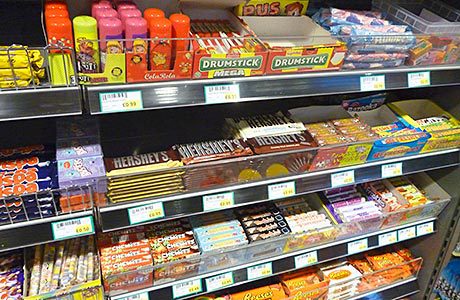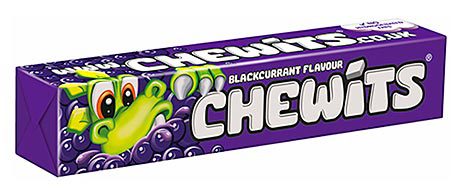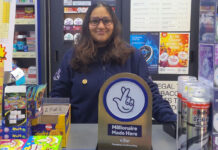Pay special attention to kids’ latest opinions if you want to maximise sugar confectionery returns

RETAILERS who have been in the business for a long time may well remember when children’s sweets and treats budgets were strictly controlled … and 10p mixes or choices from the penny tray were the orders of the day.
These days, however, it seems many youngsters have more money to play with. That’s one of the reasons why leading confectionery retailers contacted by Scottish Grocer said convenience retailers should pay special attention to children’s likes and dislikes when they make decisions on their sugar confectionery range.
“Sugar confectionery is popular with schoolkids,” said Spar Greenock owner Billy Kay. “It’s frightening the amount of money kids get these days and they don’t seem to care about the price of things.”
At Nisa Linwood, manager Jim Paterson, reckons children are keen on brands but they also like to try new products
“For us, bags of Rowntree’s Randoms and the new Skittles Wild Berry flavour are selling well,” he said.
“We stock a wide range of £1 hanging bags of sweets. We’ve noticed a big jump in sales of these compared to the ones that are £1.89 or £1.99. Obviously manufacturers have made the £1 bags smaller, but people think they’re getting good value for money because it’s price-marked.
“We keep our range of sugar confectionery on lower shelves so kids can reach them easily. The products sell well in the morning when kids are on their way to school.”
For Spar Forfar owner Mohammed Asif, the key to pushing sales of sugar sweets is innovation.
“We try to bring in a few of the more famous sugar brands,” he said. “Things like Millions entice kids to make a purchase.
“If children see different sweeties in the range each time, they’ll keep coming. But if you stick to the same things then that won’t happen so much.
“It’s important to remember that kids and adults look for different things. Kids always want a surprise, something new, so we do a lucky bag for £1.99 that’s sold well. Kids think it’s exciting because they don’t know what they’re going to find.
“You need new ideas to keep consumers interested, but what they’re looking for at the end of the day is a bargain.”

Chewits brand owner Cloetta UK also stresses the importance of understanding youngsters’ preferences to achieving increased sugar confectionery sales.
While chocolate tends to be purchased by older consumers, sugar confectionery is purchased by and for children, it reckons.
And it argues that retailers can increase sales by having a confectionery section that’s dedicated to children, which will, it argues, help maximise pocket-money purchases.
Store operators should ensure products are placed on shelves at heights that allow children to reach the items. Arranging the products on the sweets fixture by price helps children work out which products they can afford.
Quoting Nielsen research Cloetta said there’s an unusually large market for chewy sweets in Scotland.
North of the border, chewy sweets are worth £14m, which is 10.7% of the GB total even though Scotland has only around 8% of the population of Great Britain, the firm explained.
Bev Seymour, trade marketing manager at Cloetta UK, said flavours, old and new, are being used to encourage sugar confectionery sales across all age groups.
Just like fans of chocolate, sugar-confectionery consumers respond well to flavour and sensory lines, she said.
“The sugar confectionery sector is evolving for an older audience while still maintaining a core younger audience.
“Nostalgia remains an important emotional driver with older consumers. They remember our iconic adverts and are more likely to pick up a confectionery treat that they remember from their own childhood.”


















